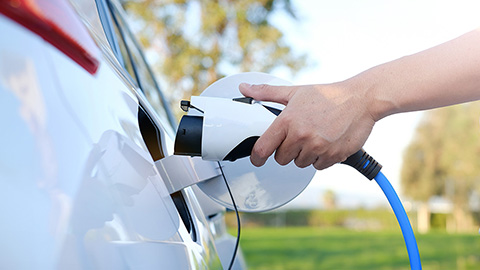Range anxiety — the barrier to EVs in Australia?
Learn how to select the right EVs for your fleet.

The Australian electric vehicle (EV) market is only in the very early stages, but EVs are coming. With no more major vehicle manufacturing in Australia and worldwide adoption of EVs, it is highly likely that EV sales in the Australian market will significantly increase in the next few years.
And this can only be a good thing — it has been proven that EVs can have a lower Total Cost of Ownership (TCO), as well as the obvious decarbonisation benefits, and therefore the health benefits for the community.
The one major hurdle in the minds of many fleet operators debating electrification is range anxiety.
What is range anxiety?
Because most of us are only familiar with typical combustion engines, we are in the habit of refuelling without regard to distance travelled. It might be when passing a petrol station and the vehicle could use a top up, or when the fuel light comes on.
Perhaps due to early EVs having lower battery capacity, there is a prevailing belief that a battery-powered vehicle will run out of charge between charging stations, and leave the driver stranded. Research by automaker Kia Motors found that as many as 1 in 5 fleet managers did not think EVs provided enough range for fleet activity. However, the same survey found only 1 in 4 of these managers were actually aware of the actual range of current EVs.
It’s this knowledge gap that causes concern about EV range. A recent report by Griffith University in collaboration with Energy Queensland and Queensland Government Transport, found early adopters rarely exceeded 70km on weekdays, with half not exceeding 50km.
One look at the advertised ranges of current model fleet vehicles should assuage many fears.
Driving ranges for select EVs (CarAdvice.com):
- BMW i3 — 285-310km
- Hyundai Ioniq — 311km
- Hyundai Kona — 449km
- Nissan Leaf — 270km
- Renault Zoe — up to 300
- Renault Kangoo — 200km
What is the solution for fleet managers?
Setting aside any preconceptions as the manager of a fleet looking at going electric, there are a few things you can do to help make the switch successful.
1. Measure
The best way to know if any EV is going to suit your fleet’s specific needs is to measure its current activity. This is the reason Geotab developed our EV Suitability Assessment (EVSA). That report takes historical telematics data and scrutinises it to find what each vehicle in the fleet needs, in order to complete its current daily workload. The report then matches the vehicle with an appropriate EV replacement, eliminating the guesswork, for example, comparing the average km per trip for a vehicle with the model that meets that driving range. You can even tweak the report with your own extra data such as fuel costs to see how the investment stacks up, and might be saving you money over time.
2. Educate
Perceptions of EVs in Australia do not meet the reality of how these vehicles perform. With data from Geotab’s EVSA, the benefits of going electric can be easily shared with management and drivers. Learn more about how real-world EVs perform with Geotab’s EV Battery Degradation Tool or Temperature Tool for EV Range.
3. Manage
When EVs become part of your fleet, some rules will also need to change. For example, shifting behaviours from filling up when the light comes on, to proactively managing charging levels. If vehicles go home with your team, they can charge overnight ready for the next day. If they stay at base, you can charge out of hours, or rotate through vehicles with enough charge during the day. MyGeotab helps you manage this, with complete oversight of current state of charge in the field. Recall drivers needing to charge, or plan which vehicles should be loaded for next delivery, and so on. Using data unique to your fleet will help you work smarter by helping you save money with EVs and reduce your carbon footprint.
To learn more about EV fleet management solutions, please connect with us.
The Geotab Team write about company news.
Table of contents
Related posts

From Rebates to Road Safety: A Guide to Optimising Your Council Fleet
March 24, 2025
1 minute read
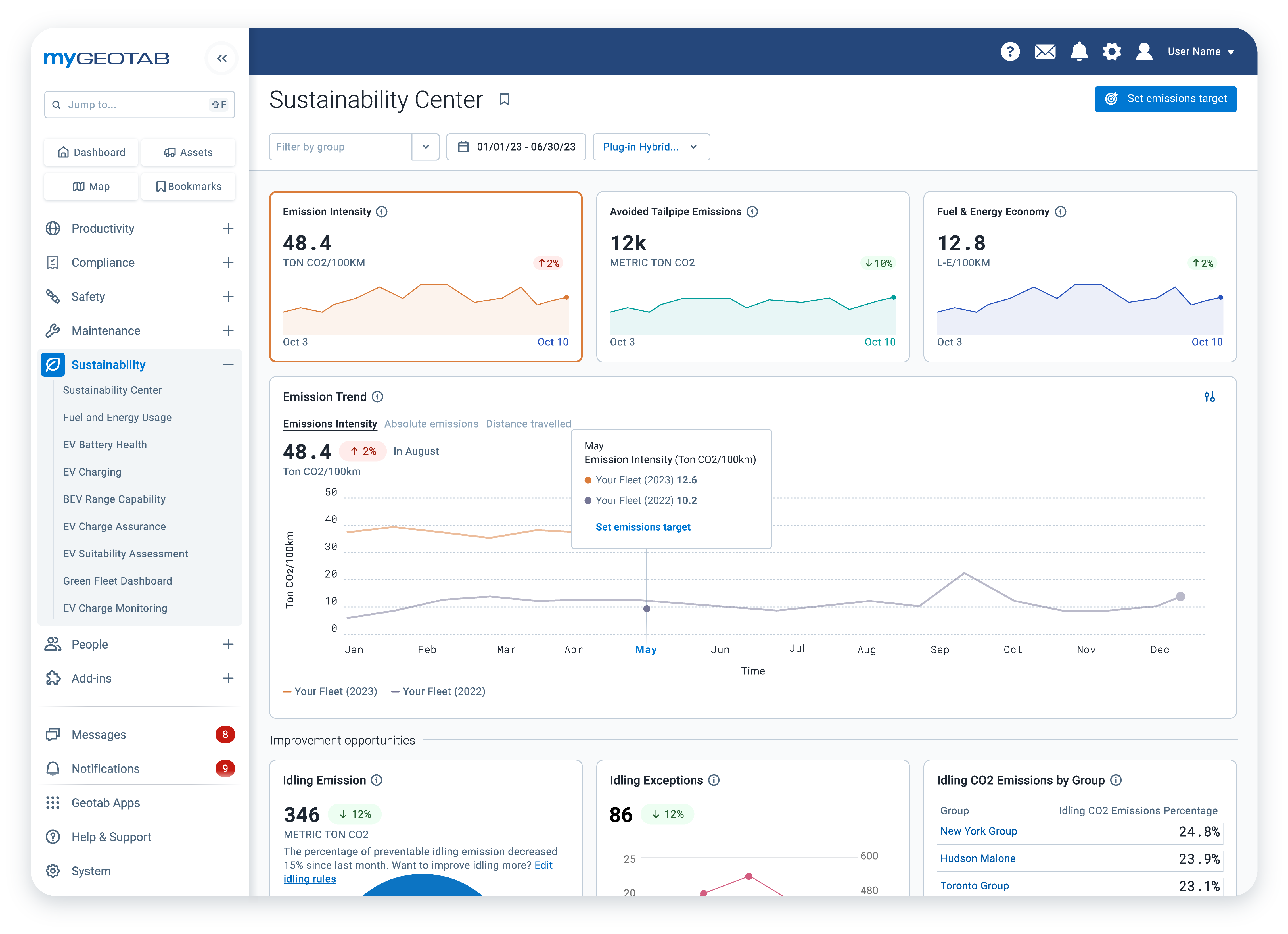
Sustainability Centre: central hub for sustainable fleet management
January 28, 2025
2 minute read
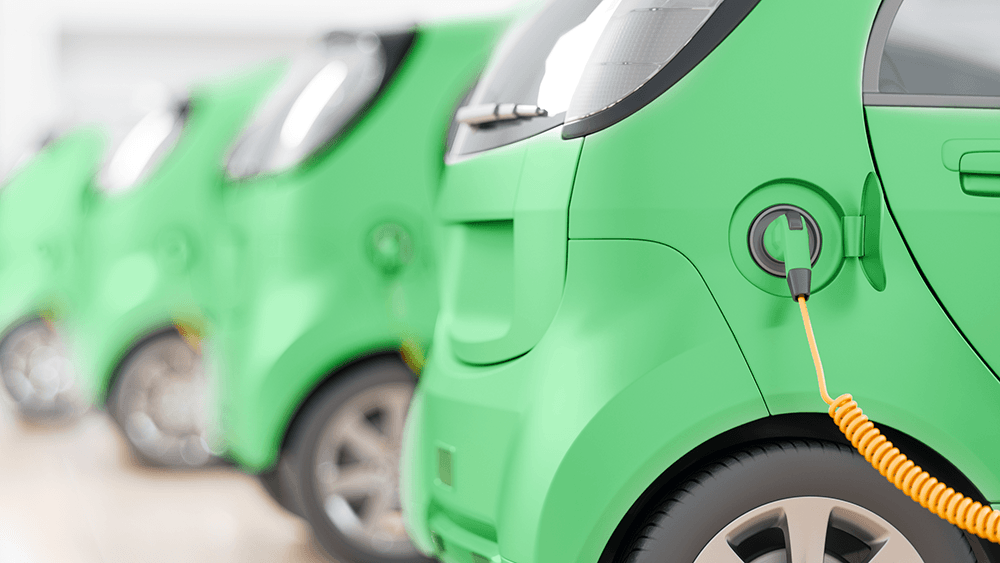
Electric vehicle sales double in Australia: here are three trends in EV adoption
September 8, 2024
2 minute read
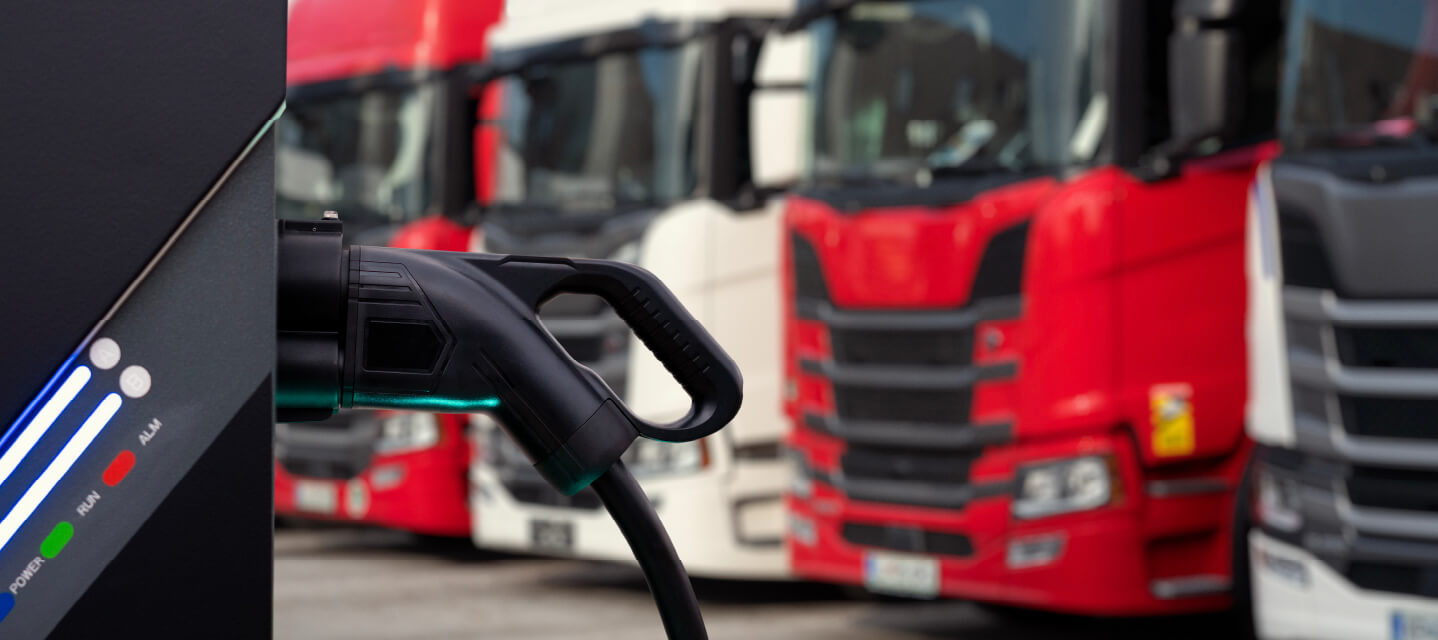
How long do electric car batteries last? What analysing 10,000 EVs tells us…
May 31, 2024
9 minute read
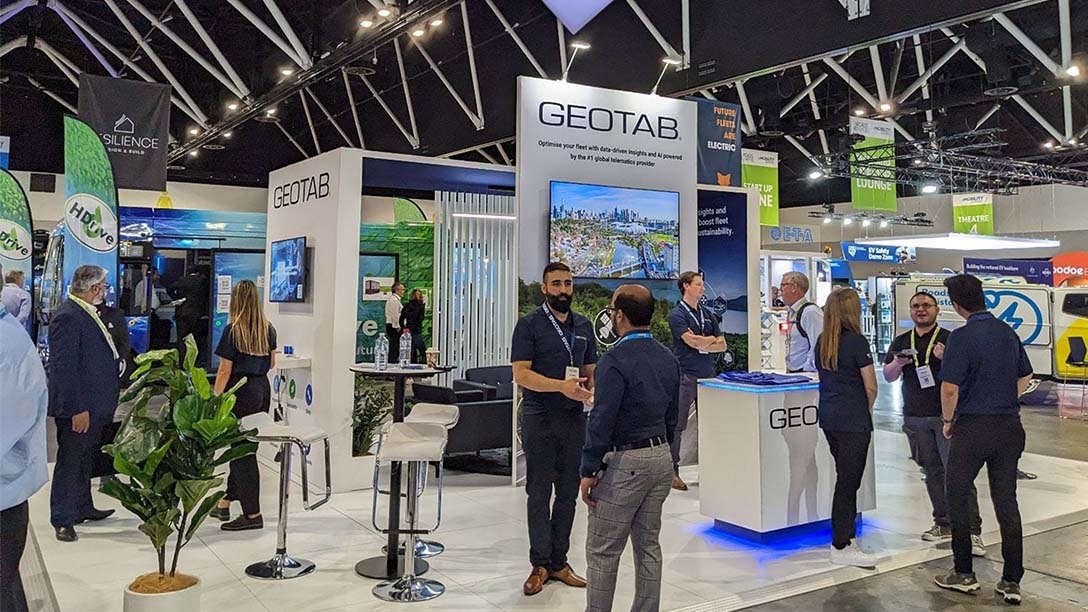
Key takeaways for eMobility Live and National Roads & Traffic Expo 2023
November 21, 2023
2 minute read
